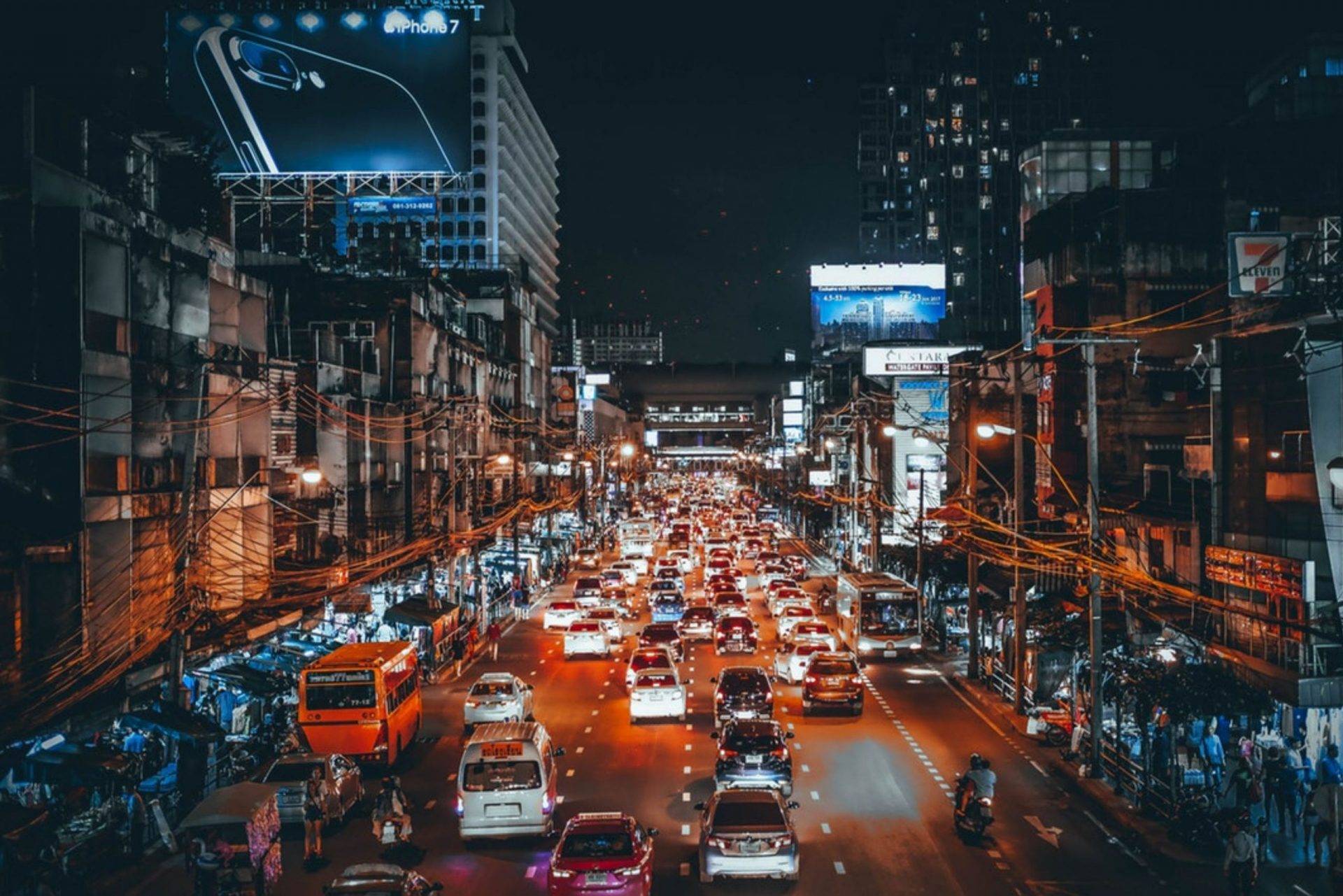Solving Africa’s Megacity Productivity Paradox

The future will be young, African and urban. Sub-Saharan Africa will account for more than half of global population growth from now until 2050. The continent’s cities will see the lion’s share of a rising population, which could lead the future of urban Africa in two vastly different directions. A rising demographic might be a huge asset, leading to a dividend that turns cities into thriving economic hubs for decades to come. Or, it could be a liability, straining already cramped cities and limiting future growth.
Over decades, a rampant rural-urban exodus has spurred the rise of African megacities. Cairo, Kinshasa, and Lagos all top 15 million while Luanda, Dar es Salaam, and Johannesburg are expected to become megacities by 2030. While urbanization has been closely tied to rising productivity historically– it is estimated the doubling of city size increases productivity by 5 percent — this trend has been absent in African markets. Even though sub-Saharan Africa is urbanizing at double the global rate, its cities have stubbornly low productivity rates: no African city’s annual productivity growth rate has surpassed 1 percent.
One explanation for this paradox is the lack of urban planning and infrastructure in Africa’s megacities. In particular, African cities are hobbled by a dearth of public transportation, which has caused urban residents to depend on informal transport options, such as minibuses. Given the critical need to improve Africa’s stagnating productivity, development finance institutions (DFIs) must increase their investments in urban transportation. Immediately, they can do so by supporting mobility startups which are providing transport, both intermodal and on-demand, that is adapted to the needs of African city dwellers.
The promise of higher-paying jobs is bringing young people to Africa’s cities by the millions. Without urban planning, however, new arrivals to Africa’s megacities are increasingly living further from the city centre in urban sprawl, reducing the economic density that drives cities’ productivity. The physical distance between the new labour pool and available jobs exacerbates productivity rates. There are no short-term workarounds like telecommuting to solve the productivity problem. While Africa’s internet penetration rate is rising, it is still significantly low at 24.4 percent. Without higher economic density and the free flow of labour, Africa’s cities cannot boost the productivity of workers.
The lack of affordable and efficient transport amplifies the negative effects of urban sprawl on productivity. Urban transport is 42 percent more expensive in African cities than in cities in other low-income and middle-income countries due to high inefficiencies. Minibuses, for example, carry too few passengers to be able to achieve economies of scale. For example, in South Africa, minibus taxis can only accommodate 15 passengers each. The lack of scale of informal transport leads to high costs for their users, with most low-income households in major African cities unable to afford one round-trip minibus ticket on a daily basis.
Africans who can afford a vehicle do not necessarily have better commutes in light of overburdened road infrastructure. Lagos residents spend on average four hours per day commuting while Nairobi was ranked the world’s second-worst city for traffic congestion. The demand for cars is not being matched by investments by national governments in improved infrastructure, leading to situations, such as in Nairobi, where eight lanes highways empty into four-lane roads. This fragmented flow of labour ultimately affects companies that depend on large workforces. To offset the high cost of transportation, manufacturing firms, for example, must pay higher wages to attract workers. It is often the case, however, that the higher wages are not reflections of higher productivity.
But, the app economy is providing a solution to the dysfunction of African cities. Local mobility startups provide Uber-like on-demand transport options which are — in the absence of subways, light rails, and rapid bus transit — the only way commuters can get from point A to B. Local mobility apps efficiently match commuters with various types of transport, including motorcycles, tuk-tuks, minibuses and cars. Uber, for example, is in discussions with the Lagos state government to introduce water taxis which would allow commuters to avoid heavily congested roads. Tuk-tuk ridesharing services have also become popular as tuk-tuks can zip through car-clogged streets and navigate narrow streets, common in informal settlements. A rise in intermodal transport allows African city dwellers to reduce commute times by combining cars, buses, motorcycles, and water taxis in one app. Convenient transportation has led to a surge of ride-sharing services on the continent with nearly sixty companies in operation across 21 African countries.
Mobility startups are transforming Africa’s cities which has attracted the attention of global investors. Following the success of Grab and Go-Jek in Southeast Asia, investors are piling into Africa’s ride-hailing industry. In addition to commercial returns, Africa’s mobility startups have a catalytic impact on productivity, yielding a development dividend. DFIs should follow investors and invest in Africa’s mobility.
The guest post is authored by Tayo Bamiduro, who is the co-founder of Nigeria’s MAX.ng, a motorcycle taxi-hailing company.
Note: The views represented in the article are that of the author’s and WeeTracker does not necessarily hold the same opinion.
Feature image courtesy: infogram